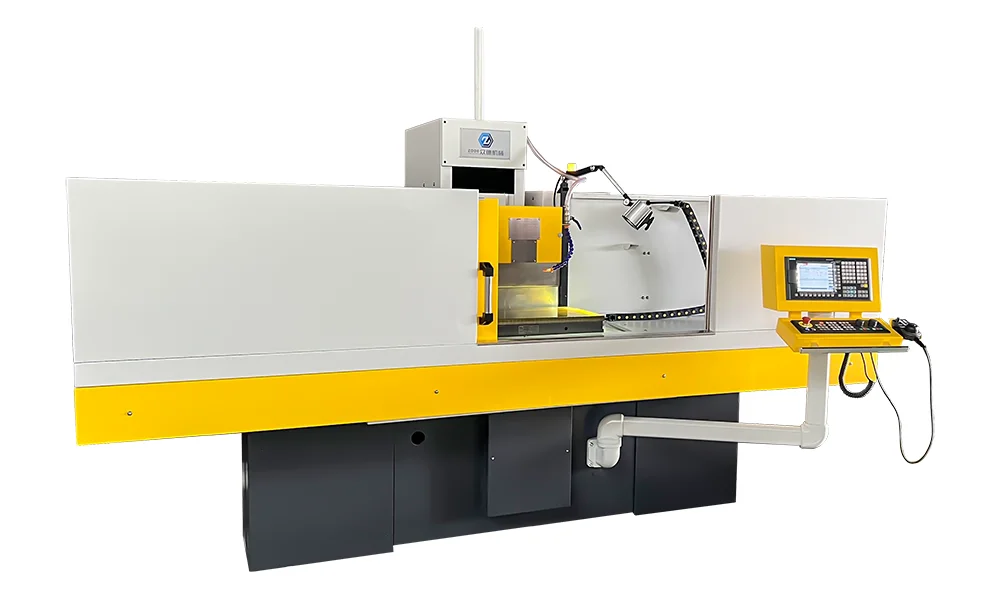Automatic light sensors have become an integral part of modern lighting systems, providing convenience, energy efficiency, and enhanced security. However, understanding how to adjust these sensors effectively can optimize their performance and ensure optimal lighting conditions. In this comprehensive guide, we will delve into the intricacies of adjusting automatic light sensors, exploring various techniques and considerations to achieve the desired outcomes.
- Understanding Automatic Light Sensors:
Before diving into the adjustment process, it is crucial to grasp the fundamentals of automatic light sensors. These sensors utilize various technologies such as passive infrared (PIR), ultrasonic, and ambient light detection to detect motion and ambient light levels. Familiarize yourself with the different types of sensors and their functionalities to make informed adjustments. - Evaluating Sensor Placement:
Proper sensor placement is vital for accurate detection and efficient lighting control. Consider factors such as the sensor's field of view, mounting height, and potential obstructions. Assess the area's layout, traffic patterns, and specific lighting requirements to determine the most suitable sensor placement. Additionally, ensure that the sensor is not exposed to direct sunlight or other sources of heat, as it may affect its performance. - Adjusting Sensitivity Settings:
Fine-tuning the sensitivity settings of automatic light sensors is crucial to avoid false triggers or inadequate lighting. Most sensors offer adjustable sensitivity levels, allowing customization based on the specific environment. Experiment with different sensitivity settings to strike the right balance between responsiveness and avoiding unnecessary activations. Consider factors such as the size and speed of objects to be detected, as well as the desired range of detection. - Customizing Time Delay:
The time delay setting determines how long the lights remain illuminated after motion is no longer detected. Adjusting this setting is essential to prevent lights from turning off prematurely or staying on longer than necessary. Evaluate the typical duration of occupancy in the area and set the time delay accordingly. Additionally, consider implementing adaptive time delay features that adjust based on historical usage patterns, further optimizing energy efficiency. - Incorporating Ambient Light Sensing:
Automatic light sensors often include ambient light sensing capabilities, enabling them to adjust lighting levels based on natural light availability. Utilize this feature to maximize energy savings and create a comfortable lighting environment. Experiment with different threshold levels to determine the desired balance between artificial and natural light. Additionally, consider time-of-day adjustments to accommodate changing daylight conditions. - Regular Maintenance and Calibration:
To ensure consistent performance, regular maintenance and calibration of automatic light sensors are essential. Clean the sensors periodically to remove dust, dirt, or debris that may hinder accurate detection. Additionally, recalibrate the sensors if there are changes in the environment or lighting requirements. Consult the manufacturer's guidelines for specific maintenance procedures and recommended intervals.
Conclusion:
Mastering the art of adjusting automatic light sensors empowers you to create efficient, responsive, and user-friendly lighting systems. By understanding the intricacies of sensor placement, sensitivity settings, time delay customization, ambient light sensing, and regular maintenance, you can optimize the performance of these sensors. Embrace the possibilities offered by automatic light sensors and unlock their full potential in enhancing energy efficiency, convenience, and security.

